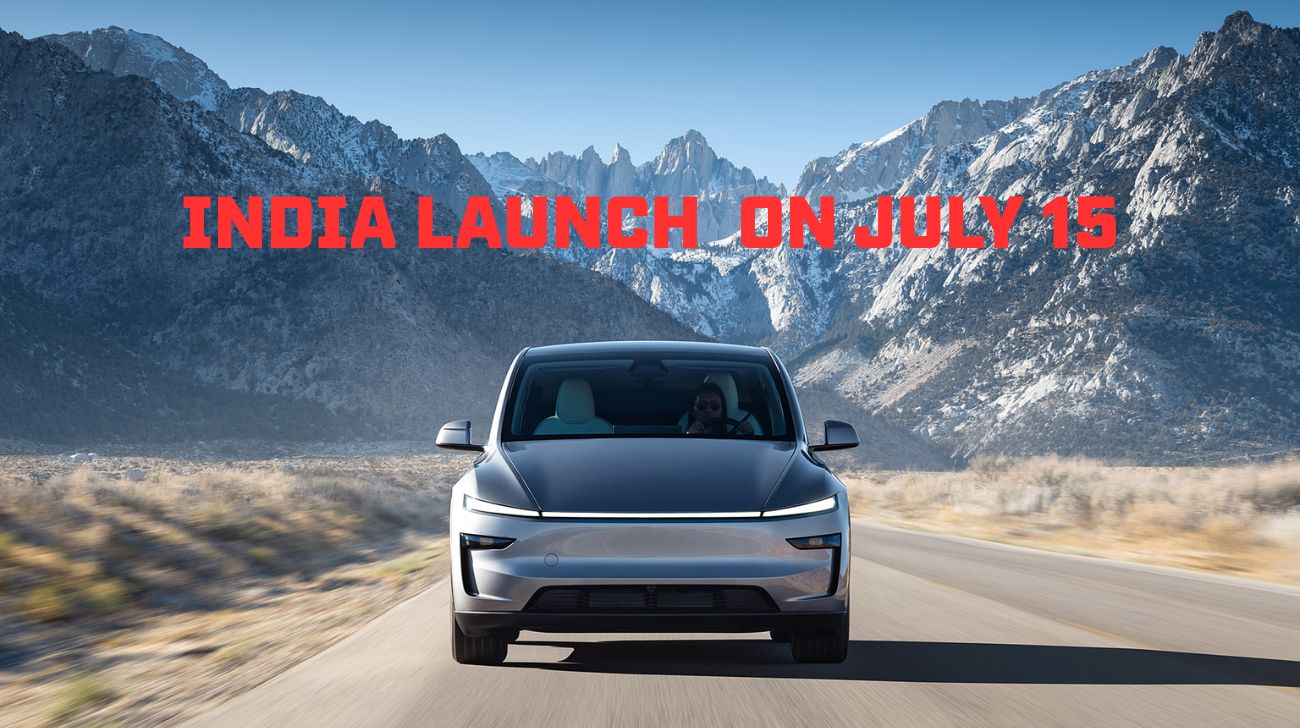If there is one homegrown manufacturer that is at the forefront of EV development - then it has to be Tata Motors. The brand has showcased its potential with Nexon EV, which is currently one of the highest-selling EV, facilitating EV transition. Today, TPEM and Jaguar Land Rover (JLR) have joined hands and signed a Memorandum of Understanding (MoU) for a collaborative project. The partnership will allow Tata to benefit from JLR's advanced Electrified Modular Architecture (EMA) platform, which will be used to power Tata's new line of electric vehicles. TPEM will pay a royalty fee, which will help them access the EMA platform, including electrical architecture, electric drive unit, battery pack and manufacturing assistance.
Last year, Tata Motors showcased its Avinya concept, with a launch scheduled for 2025. Now, despite partnering with JLR, the launch timeline still remains unchanged. Avinya's range of products will be their aspirational global product. This will help both brands co-source the spare parts and technology.
To know more about the Avinya concept, click here to get detailed information.
The partnership will enable Tata Motors' vision to be a global premium product optimized with interior space, comfort, and technology. Along with that, the know-how with advanced electrical and electronic architecture, connectivity, software, and more will add more value to the final product. Tata Motors is also emphasizing localization, which could help to keep the cost in check. The EMA platform is engineered to integrate high-voltage batteries. It will also be flexible with rear and all-wheel drive options. Further, the platform will also be eligible for a 5-star safety rating and ultrafast charging technologies. Moreover, the architecture would comply with all the active, passive and functional safety requirements, including cyber security.
The collaboration will help the product development cycle to be more streamlined and short. This will also help the brand manage its industrialization investment and will also benefit them in scaling up the volume and sales.





